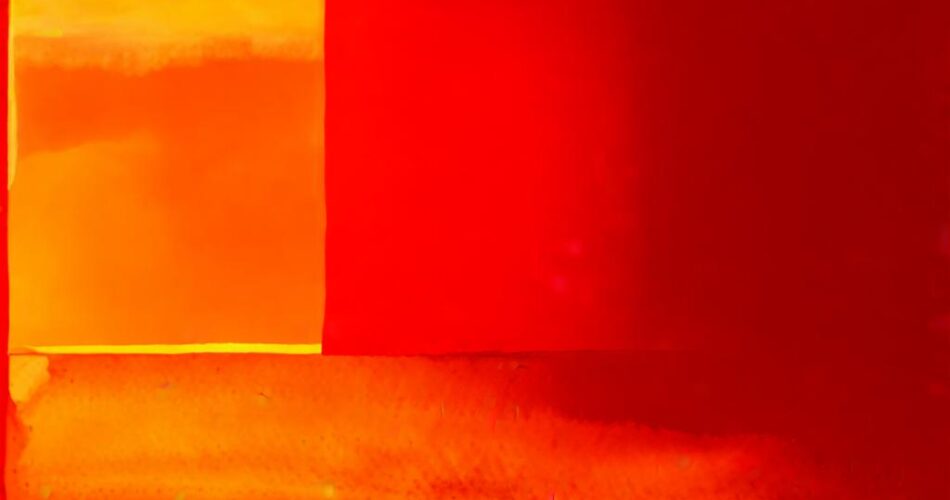Ochre, a naturally occurring iron oxide pigment, has been used for millennia across the globe. In Southeast Asia, its presence in archaeological contexts, particularly in ancient Thai burials, raises fascinating questions about its symbolic significance and how its use varied with the deceased’s age.
While ochre was commonly applied to the bodies of both adults and children in ancient Thai burial practices, a closer examination reveals a nuanced understanding of its use. The application of ochre to the deceased, particularly in the form of red ochre, was likely a ritualistic practice imbued with symbolic meaning.
The Significance of Red Ochre:
Red ochre, with its vibrant color, was often associated with life, blood, and vitality in ancient cultures. In Thailand, its application to the deceased may have been a way of marking their transition to the afterlife, ensuring their continued existence in the spirit realm.
Age and Ochre Application:
Studies of ancient Thai burials have shown a correlation between age and the manner in which ochre was applied. While red ochre was liberally applied to the bodies of adults, particularly to the face and chest, children were often treated differently.
In some cases, children’s bodies were entirely covered in ochre, suggesting a different symbolic meaning. This could reflect the belief that children, being innocent and pure, were closer to the spiritual realm. The abundance of ochre might have been a way of protecting their spirits during their journey to the afterlife.
Beyond Red Ochre:
While red ochre was the dominant pigment, other colors, like yellow ochre, were also used in burials. Yellow ochre, associated with the earth and fertility, may have been applied to signify the deceased’s return to the natural world.
Regional Variations:
Interestingly, regional variations in ochre application have been observed. For example, in the Ban Chiang archaeological site, known for its rich burial traditions, a more elaborate use of ochre was prevalent. This suggests that different communities may have developed their own unique interpretations of ochre’s significance.
Ochre as a Window into Ancient Beliefs:
The study of ochre in ancient Thai burials provides a valuable insight into the complex beliefs and practices of these early societies. The careful application of ochre, its varying colors and patterns, and the differences observed between adult and child burials all point to a deeply ingrained belief system that extended beyond the physical world.
Conclusion:
The use of ochre in ancient Thai burials was not merely a decorative act. It was a ritualistic practice that held profound meaning, reflecting beliefs about life, death, and the afterlife. The nuanced application of ochre, particularly its correlation with age, offers a window into the rich tapestry of ancient Thai culture and provides valuable insights into the intricate relationship between the living and the dead. Further research into the use of ochre in ancient Thai burials can continue to illuminate the complexities of these fascinating cultures and their unique understanding of the world beyond our own.
